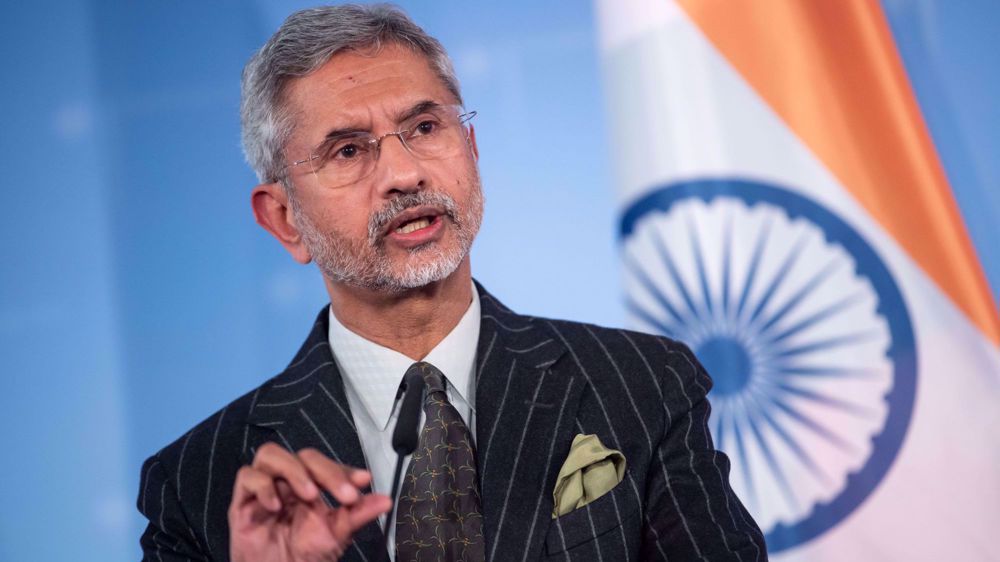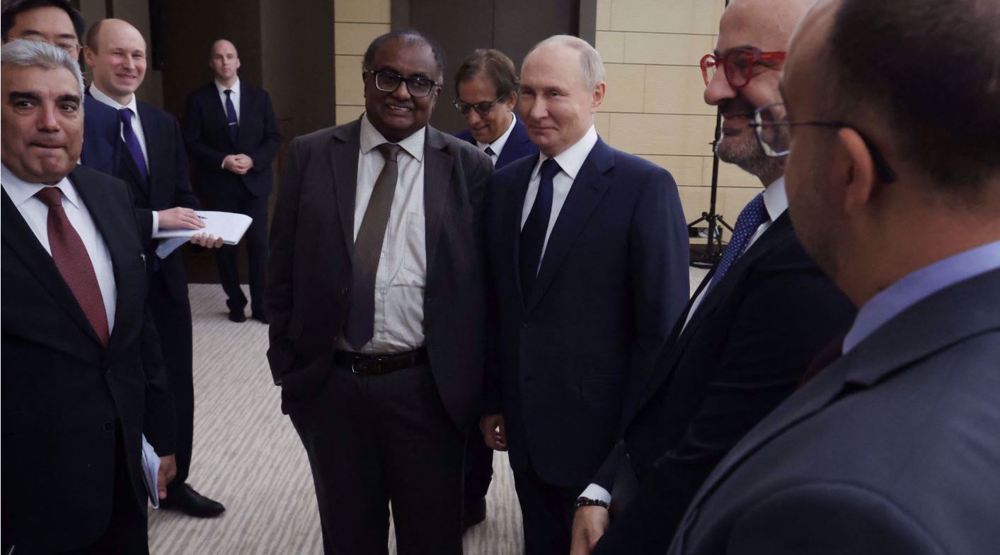Indian-controlled Kashmir is gearing up for Muharram ceremonies
Syed Ali Safvi
Press TV, Kashmir
Muharram, the first month of the Islamic calendar is round the corner. Like in other parts of the world, people here in Kashmir, the only Muslim majority region in India, are also gearing up for annual Muharram ceremonies.
Roads and streets are draped with black flags and banners in remembrance of Imam Hussain, the beloved grandson of the holy prophet Muhammad (pbuh) and his faithful companions who were massacred in the desert plains of Karbala in 680 AD.
Painter and calligrapher Showkat Ahmad, is busy these days preparing banners to be used in mourning rituals. The banners are in huge demand as they are the integral part of Muharram ceremonies.
The Imambargahs, which are congregation halls for Shia commemoration ceremonies, are also being covered with black sheets and banners. The main Muharram commemorations are held in Imambargahs where Kashmiri Marsiyas, elegiac poems written to commemorate Imam Hussain and his companions, are recited.
Also, scholars deliver sermons to highlight the significance of Ashura uprising. Ashura is the tenth day of Muharram when Imam Hussein and his 72 companions were martyred in the Battle of Karbala, in southern Iraq 14 centuries ago.
While mourning ceremonies are held in different areas with sizable Shia population, the two major processions in the capital city Srinagar on the eighth of Muharram and its tenth day known as Ashura, were banned by the authorities in 1990. Despite repeated pleas by the religious and political bodies to lift the ban, the authorities remain unmoved.
The authorities claim the traditional processions in Srinagar pose security threats. The religious bodies and civil activists on the other hand term the ban as “blatant breach of religious freedom”.
Every year, despite the clampdown in the region, mourners defy the restrictions and try to carry out the Muharram processions, but they are tear-gassed, cane charged and detained. With around 1.5 million population, Shias constitute 10 percent of the total population of India’s only Muslim majority region, which lies at the heart of more than 70 years of hostility between India and Pakistan.
D-8’s role in Iran’s economy after Cairo summit
China slams US as ‘war-addicted’ threat to global security
China ‘firmly opposes’ US military aid to Taiwan
VIDEO | Press TV's News Headlines
President Yoon Suk Yeol to be removed from office
At least 19 Gazans killed by Israeli airstrikes since dawn: Medics
Leader: Iran neither has nor needs proxy forces
US fighter aircraft shot down ‘in friendly fire’ amid aggression on Yemen









 This makes it easy to access the Press TV website
This makes it easy to access the Press TV website